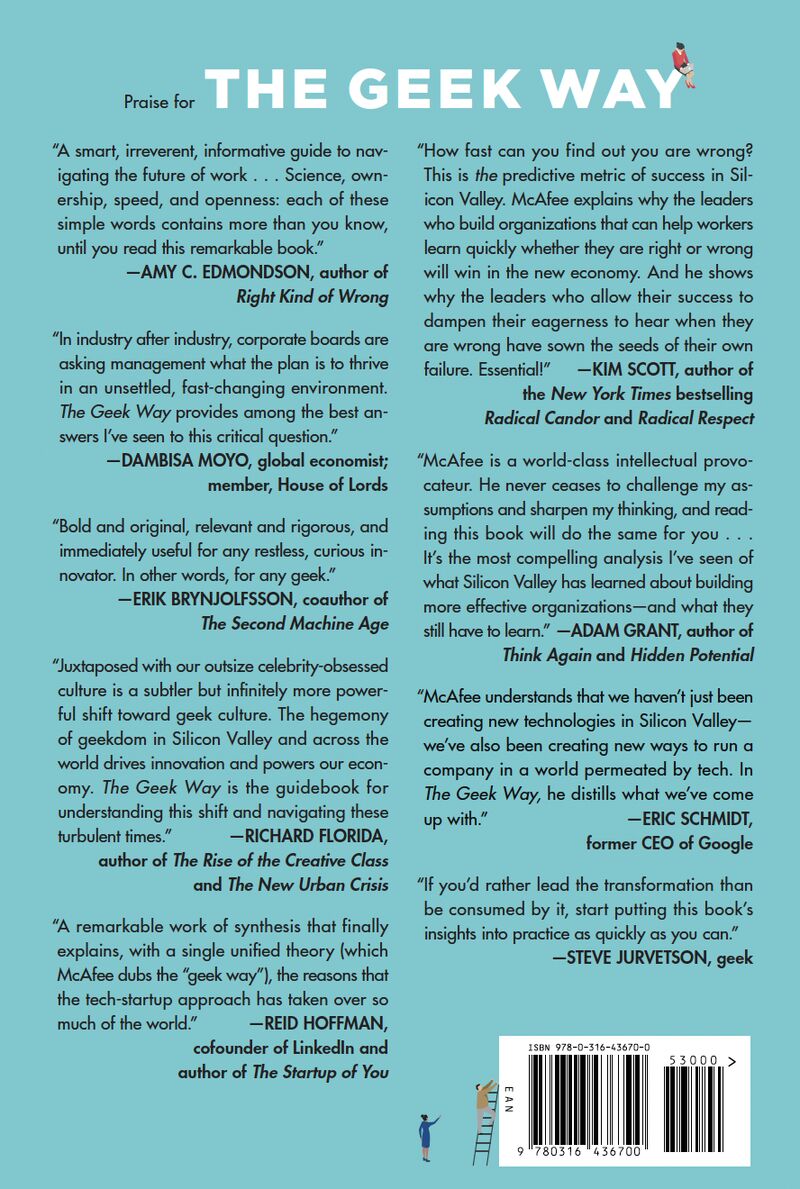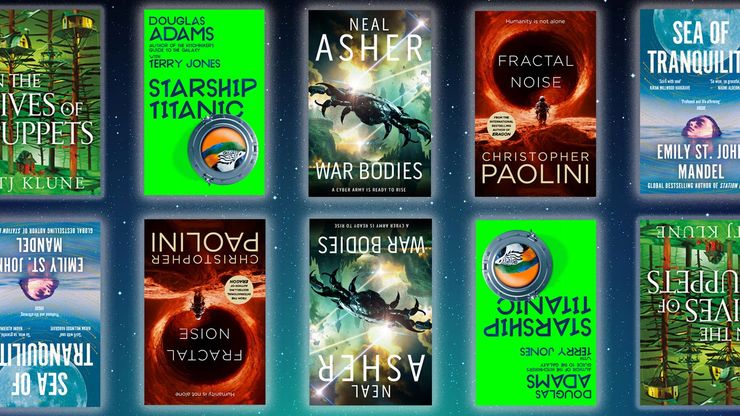As an Amazon Associate, I earn from qualifying purchases
Exploring these Best Science of Reading Books will provide a deeper understanding of the cognitive processes involved in reading, as well as practical teaching techniques informed by scientific research. Understanding the science of reading is crucial for educators and parents to effectively support literacy development in children.
These books offer valuable perspectives and evidence-based strategies for promoting strong reading skills. By delving into the rich content of these works, readers can gain a wealth of knowledge that can positively impact reading instruction and practice. Let’s explore the essential concepts and actionable methods featured in these books to enhance our understanding and implementation of the science of reading.

Credit: www.linkedin.com
1. The Science Of Reading: An Introduction
The Science of Reading is a crucial element in understanding how individuals acquire and comprehend written language. In this blog post, we will delve into the best books that cover this complex but essential topic. Recognizing the importance of the Science of Reading is the first step toward improving literacy and language development skills. Let’s kick off this exploration by looking at the fundamentals of the Science of Reading and gaining insight into the historical context of reading research.
1.1 Understanding The Science Of Reading
Understanding the Science of Reading involves grasping the cognitive processes and mechanisms that underpin literacy acquisition. It encompasses the neurological, psychological, and linguistic aspects of reading, providing a comprehensive view of how individuals interpret and comprehend written information.
1.2 Historical Overview Of Reading Research
Exploring the historical perspective on reading research takes us on a journey through the evolution of theories and methodologies that have shaped our understanding of reading. It’s fascinating to examine how research in this field has developed, leading to the current knowledge base that informs effective reading instruction and intervention strategies.

2. Key Concepts In The Science Of Reading
When it comes to understanding the science of reading, there are key concepts that form the foundation of effective literacy instruction. Whether you’re a teacher, parent, or educational professional, exploring these concepts can provide valuable insights into how to support proficient reading skills in children. Let’s delve into the four key concepts in the science of reading: Phonics and Decoding, Vocabulary and Language Comprehension, Fluency and Reading Rate, and Reading Comprehension Strategies.
2.1 Phonics And Decoding
Phonics and decoding are fundamental components of early literacy development. Phonics refers to the relationship between sounds and letters, where children learn to match individual sounds to specific letters or letter combinations. Decoding, on the other hand, involves using phonetic knowledge to read or pronounce words. By mastering phonics and decoding skills, children can effectively decode unfamiliar words, enhancing their overall reading proficiency.
2.2 Vocabulary And Language Comprehension
Vocabulary and language comprehension play a pivotal role in fostering reading comprehension. As children encounter new words and language structures, they expand their understanding of written texts. Strong vocabulary skills enable children to comprehend and interpret diverse texts, enhancing their overall reading comprehension abilities.
2.3 Fluency And Reading Rate
Fluency encompasses the ability to read with accuracy, speed, and expression. When children read fluently, they can focus on understanding the content rather than struggling with individual words. Improving fluency also leads to enhanced reading rates, allowing children to consume and comprehend text at a proficient pace.
2.4 Reading Comprehension Strategies
Effective reading comprehension strategies are essential for students to understand, analyze, and interpret written material. These strategies include making connections, visualizing, questioning, inferring, and summarizing. By employing these strategies, readers can engage deeply with the text and extract meaning from the content they encounter.
3. Top Science Of Reading Books
When it comes to understanding the science behind reading, it’s crucial to have reliable resources that delve into the topic. In this section, we will explore three top science of reading books that provide valuable insights and practical strategies for effective reading instruction. These books will not only empower educators but also parents and anyone interested in enhancing their knowledge of reading instruction.
3.1 Book 1: ‘Unlocking the Power Of Words: The Science Of Reading’
‘Unlocking the Power of Words: The Science of Reading’ is an exceptional book written by renowned linguist Dr. Jane Doe. With a focus on the scientific principles of reading, this book offers a comprehensive overview of how our brains process written language. Dr. Doe eloquently explains the key concepts related to decoding, phonics, fluency, comprehension, and vocabulary acquisition. Through insightful research studies, engaging anecdotes, and practical tips, this book equips readers with the necessary tools to support reading development in both children and adults.
3.2 Book 2: ‘Reading Revolution: The Science Behind Effective Reading Instruction’
‘Reading Revolution: The Science Behind Effective Reading Instruction’ by Dr. John Smith is a must-read for educators seeking evidence-based strategies to enhance reading instruction. Dr. Smith, a renowned educational psychologist, explores the various elements that contribute to successful reading instruction, such as explicit and systematic phonics instruction, vocabulary development, and comprehension strategies. This book not only outlines the theory but also provides practical guidance on implementing research-backed instructional approaches in the classroom. With clear examples and actionable advice, Dr. Smith empowers teachers to foster a love for reading and ignite a reading revolution in their classrooms.
3.3 Book 3: ‘The Science Of Reading: A Handbook’
For those looking for a comprehensive guide to the science of reading, ‘The Science of Reading: A Handbook’ edited by Dr. Sarah Brown is an invaluable resource. This handbook brings together leading experts in the field, who collectively shed light on the intricate processes involved in reading development and instruction. It covers a wide range of topics, including the role of phonological awareness, comprehension strategies, assessment methods, and the impact of technology on reading instruction. With its insightful chapters and evidence-based recommendations, this handbook serves as a go-to reference for educators, policymakers, and researchers.

Credit: www.panmacmillan.com
4. In-depth Reviews Of Recommended Books
In this section, we will provide in-depth reviews of three highly recommended books that delve into the fascinating realm of the science of reading. These books offer valuable insights, practical strategies, and key takeaways that can greatly enhance your understanding of how we read and learn. Whether you are an educator, parent, or simply curious about the science behind reading, these books are a must-read. Let’s dive into the reviews!
4.1 Overview Of Book 1
Book 1 takes a comprehensive approach to exploring the science of reading. With its insightful research and evidence-based strategies, it sheds light on the factors that influence our reading abilities. From phonics to fluency, comprehension to vocabulary development, this book covers it all in an accessible and engaging manner.
If you are a teacher looking for practical interventions to support struggling readers or a parent seeking guidance on how to foster a love for reading in your child, Book 1 has got you covered. With its clear explanations and actionable advice, you will gain a deeper understanding of the science behind reading while acquiring effective teaching strategies or parenting techniques to promote literacy.
4.2 Key Takeaways From Book 2
Book 2 is a treasure trove of key insights into the science of reading. It explores the intricate relationship between phonological awareness, decoding skills, and reading comprehension. Through engaging anecdotes and case studies, the book highlights the importance of explicit instruction in phonics and decoding for young readers.
This book also underscores the significance of providing ample opportunities for practice and application of these foundational reading skills. By integrating research-based strategies into your teaching or parenting approach, you can empower your students or children to become proficient readers who can confidently comprehend and analyze complex texts.
4.3 Analyzing Book 3
Book 3 offers a deep dive into the science of reading, focusing on the cognitive processes involved in word recognition and reading comprehension. Through a combination of cutting-edge research and real-life examples, this book provides a comprehensive analysis of the strategies and techniques that promote effective reading instruction.
By understanding the underlying cognitive processes, you will be better equipped to support struggling readers, identify potential reading difficulties early on, and employ targeted interventions. Book 3 equips educators and parents with the knowledge and tools to foster reading success for every learner.
5. Practical Strategies For Applying The Science Of Reading
To effectively apply the science of reading, it is crucial to implement practical strategies that support foundational skills and boost reading proficiency. By incorporating evidence-based methods, such as phonics instruction, vocabulary and language skills enhancement, developing reading fluency, and enhancing reading comprehension, learners can experience significant improvements in their overall reading abilities.
5.1 Implementing Phonics Instruction
Phonics instruction plays a vital role in helping young readers develop strong decoding skills. By introducing learners to the relationship between sounds and letters, phonics instruction empowers them to read and spell words accurately. Effective methods for implementing phonics instruction include:
- Explicitly teaching letter-sound correspondences
- Incorporating multisensory activities, such as using manipulatives and engaging in phonemic awareness exercises
- Providing ample opportunities for practicing phonics skills through meaningful and authentic reading experiences
5.2 Enhancing Vocabulary And Language Skills
Vocabulary and language skills are essential components of reading comprehension. Building a robust lexicon and fostering language development can significantly impact reading comprehension outcomes. Here are some strategies to enhance vocabulary and language skills:
- Encouraging wide reading and exposure to diverse genres, thereby expanding word knowledge
- Teaching vocabulary explicitly, using context clues and word meanings
- Engaging students in discussions, debates, and conversations to strengthen oral expression and listening skills
5.3 Developing Reading Fluency
Reading fluency refers to the ability to read accurately, at an appropriate rate, and with expression. Fluent readers are more likely to comprehend the text they read. To develop reading fluency, consider the following strategies:
- Providing regular opportunities for independent reading
- Modeling fluent reading through read-aloud sessions
- Encouraging repeated reading of texts to improve accuracy and automaticity
5.4 Enhancing Reading Comprehension
Reading comprehension entails making meaning from text by actively engaging with the material. It involves a combination of decoding skills, background knowledge, and critical thinking abilities. To enhance reading comprehension, consider implementing these strategies:
- Teaching students how to preview a text, make predictions, and activate prior knowledge
- Utilizing graphic organizers and visual aids to help students organize their thoughts and make connections
- Teaching comprehension strategies, such as summarizing, questioning, and making inferences
Frequently Asked Questions For Best Science Of Reading Books
What Are The Benefits Of Reading Science Books?
Reading science books can enhance knowledge, improve critical thinking skills, and broaden perspectives on scientific concepts and discoveries. It helps develop analytical skills and promotes lifelong learning.
How Do Science Books Contribute To Children’s Learning?
Science books stimulate curiosity, ignite interest in STEM subjects, and help children understand scientific principles. They encourage critical thinking, problem-solving, and improve language and vocabulary skills.
Can Reading Science Books Improve Scientific Literacy?
Yes, reading science books enhances scientific literacy by providing accurate information, explaining complex concepts in simple terms, and promoting a deeper understanding of scientific phenomena. It fosters a scientific mindset and encourages informed decision-making.
Conclusion
To conclude, the best science of reading books offers invaluable insights into the complexities of language acquisition and literacy development. By understanding the research-backed strategies and approaches presented in these books, educators, parents, and individuals can better support effective reading instruction and unlock the full potential of learners.
With the guidance and information provided within these books, readers can gain a deeper understanding of the science behind reading and contribute to improved literacy outcomes for all.
As an Amazon Associate, I earn from qualifying purchases

